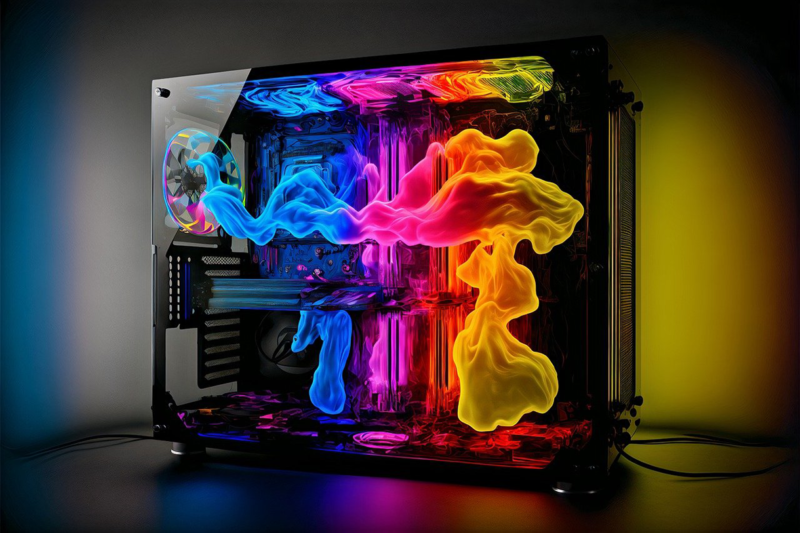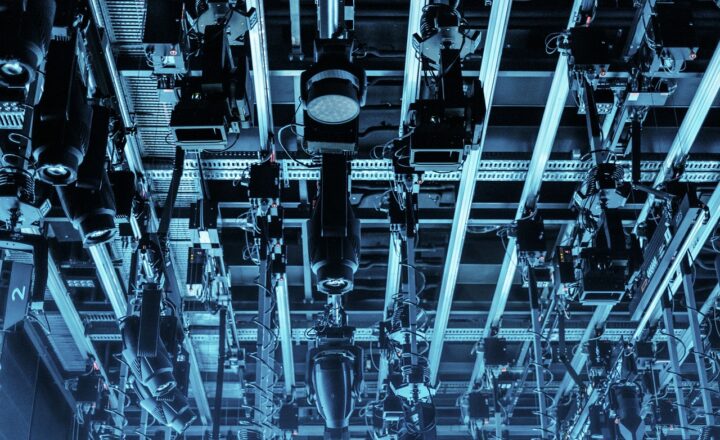How to Build Your Own PC: A Beginner’s Guide to Custom Computers
October 30, 2024

Building your own PC can be a highly rewarding experience, allowing you to customize your setup to fit your specific needs and budget. Whether you’re looking to build a gaming rig, a workstation, or a general-purpose computer, this guide will walk you through the steps of building your first custom PC.
1. Planning Your Build
Before purchasing any components, determine the primary purpose of your PC (gaming, video editing, general use) and set a budget. This will help you prioritize which parts to invest more in, such as the CPU for productivity or GPU for gaming.
- Tip: Research components to ensure compatibility, especially for the motherboard, CPU, and RAM.
2. Gathering Essential Components
To build a custom PC, you’ll need the following core components:
- Processor (CPU): The brain of your PC, responsible for processing tasks. Choose a CPU that fits your needs and budget (e.g., Intel or AMD).
- Motherboard: Connects all components and determines compatibility. Ensure it matches the CPU socket and has the necessary expansion slots.
- Memory (RAM): Helps with multitasking and faster processing. Aim for at least 8GB, with 16GB or more for gaming or productivity.
- Storage: Choose between SSDs (faster but more expensive) or HDDs (cheaper, larger storage) based on your needs.
- Graphics Card (GPU): Essential for gaming and graphic-intensive tasks. Integrated graphics may suffice for general use.
- Power Supply Unit (PSU): Powers the components. Select one with enough wattage for your build, usually 500-750W for standard builds.
- Case: Holds all components. Choose a case that fits your motherboard size (ATX, micro-ATX) and has good airflow.
3. Preparing Your Workspace
Find a clean, flat surface with plenty of room to work on. Ground yourself to prevent static electricity from damaging components. This can be done by wearing an anti-static wrist strap or touching a metal object periodically.
- Tip: Organize your tools (screwdrivers, zip ties) and keep all components within reach to streamline the build process.
4. Installing the CPU
Start by installing the CPU onto the motherboard:
- Lift the retention arm on the motherboard’s CPU socket.
- Align the CPU with the socket (look for the triangle indicator) and place it carefully.
- Lower the retention arm to secure the CPU in place.
- Tip: Avoid touching the pins on the CPU or motherboard socket to prevent damage.
5. Installing the RAM
Next, install the RAM into the motherboard’s RAM slots:
- Open the RAM slot clips on each side.
- Align the notch on the RAM module with the slot and press down until it clicks into place.
- Tip: For dual-channel memory, use slots of the same color if you have two sticks of RAM.
6. Attaching the CPU Cooler
Your CPU needs a cooler to prevent overheating. If using a stock cooler, align it with the CPU and secure it. For aftermarket coolers, follow the manufacturer’s instructions.
- Tip: Apply a small, pea-sized amount of thermal paste to the CPU before attaching the cooler for better heat transfer.
7. Installing the Motherboard in the Case
Place the motherboard in the case, aligning it with the standoffs and the I/O shield at the back.
- Screw the motherboard onto the standoffs using the provided screws, securing it without overtightening.
- Tip: Install the I/O shield before placing the motherboard to avoid alignment issues.
8. Installing Storage Drives
Mount your SSD or HDD in the designated slots within the case. Some cases offer tool-free installation, while others require screws.
- Tip: Connect the storage drive to the motherboard using SATA cables, and connect the power cable from the PSU.
9. Installing the Graphics Card (If Applicable)
If you’re using a dedicated graphics card, locate the PCIe slot on the motherboard and insert the card until it clicks.
- Screw the card into the case bracket for stability and connect the power cable from the PSU if required.
- Tip: Ensure there’s enough space for airflow around the GPU to prevent overheating.
10. Connecting Power and Cables
Connect the PSU cables to each component, including the CPU, motherboard, GPU, and storage drives. Ensure each connection is secure.
- Connect front panel connectors (power button, USB ports) to the motherboard.
- Tip: Use zip ties to organize cables for better airflow and a cleaner build.
11. Powering On and BIOS Setup
Once all components are connected, plug in the PC and turn it on. Enter the BIOS by pressing the designated key (often Del or F2) and check that all components are recognized.
- Tip: Set your boot drive in the BIOS, and adjust any necessary settings like RAM speed if your RAM supports XMP.
12. Installing the Operating System
Insert a bootable USB with your preferred operating system (e.g., Windows or Linux) and follow the installation steps. Once complete, you’re ready to install drivers and set up your new PC.
- Tip: Download drivers for your GPU, motherboard, and other components to ensure optimal performance.
Conclusion
Building your own PC can be a highly rewarding experience, giving you control over your setup and helping you understand the inner workings of computers. Follow these steps, be patient, and take your time to ensure a successful build. Enjoy your new custom PC!







